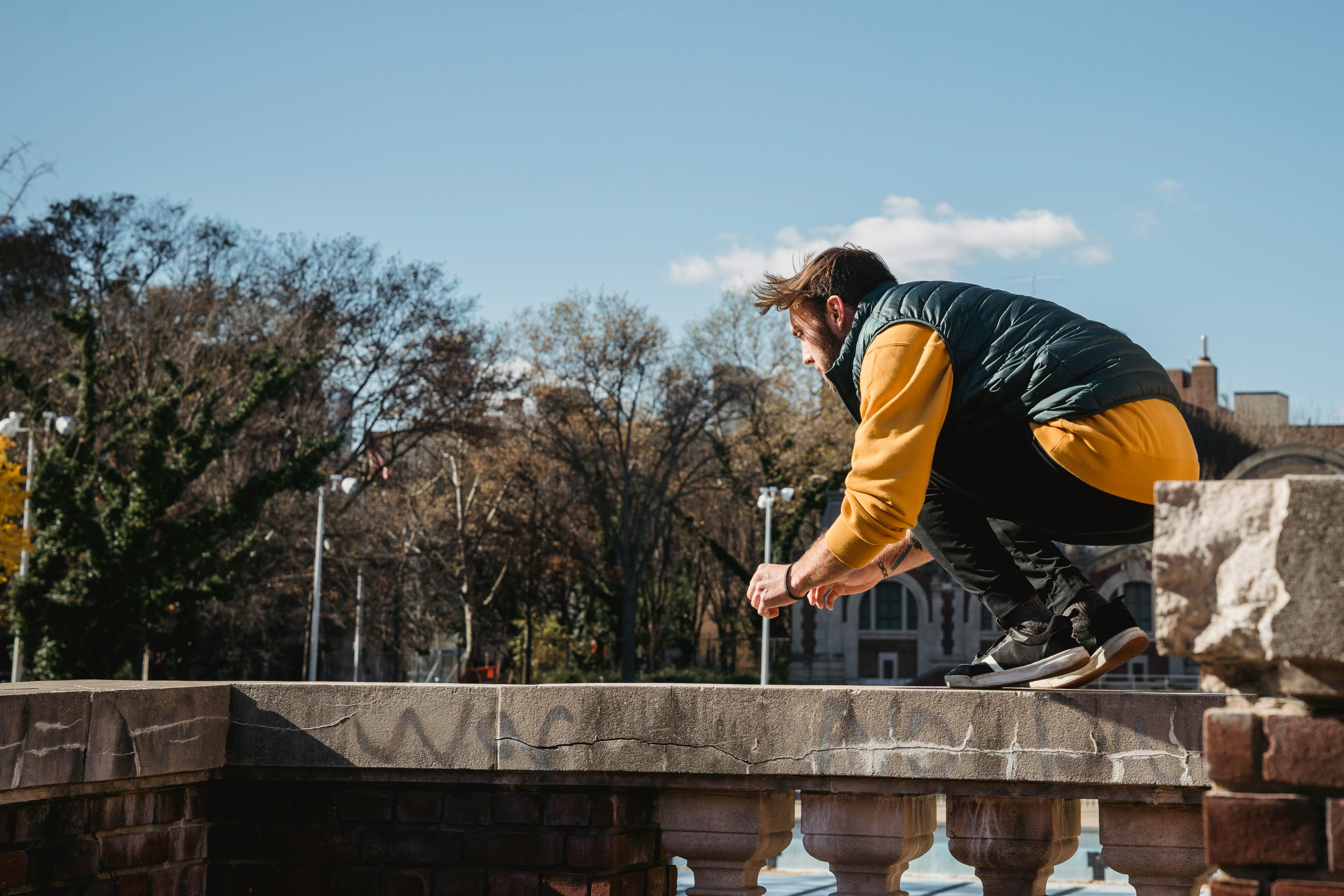botswana It is internationally acclaimed for its supreme and natural combination of tourism and wildlife. 17% of the country is declared protected and another 20% is made up of wildlife management areas. With its eclectic mix of serenely beautiful landscapes and some of the largest populations of wildlife species found in Africa, Botswana is a premier holiday destination among adventure seekers and ecotourism enthusiasts. Although the country is rich in cultural and historical heritage, Botswana’s main tourist attractions are the national parks.
Of the many parks and reserves that make up this magnificent country, there are three must-see places when traveling to Botswana.
okavango delta
Undoubtedly the most amazing region in the country, the Okavango Delta is located in the Kalahari Desert and is the largest inland delta system in the world. A natural paradise of a thousand islands in a thousand streams, born of a great river’s determination to meet the sea it never will, its forces being captured by the desert sands surrounding the delta.
The delta is between the the best wetlands in the world and from above it is a vast fan-shaped emerald desert of waterways, lakes, lagoons and lush forests. More than 1,000 species of plants can be found in the delta and the rivers are teeming with fish, 80 species in all, which in turn attracts many birds to the area. The delta is, in fact, one of the most famous fishing and birding regions in Africa. The few people who actually live here permanently are mainly fishermen. Without a doubt, the best way to see this natural wonder is by means of a mokoro, which is a dug-out canoe that maneuvers quickly through the waters near impenetrable areas. The waters are crystal clear and you can see crocodiles, hippos and hundreds of fabulous birds, as well as elephants, zebras and giraffes. The only area in the Okavango that is protected is Moremi National Park; the rest of the delta is spread out in gigantic private concessions, dotted with luxury accommodations.
The Okavango Delta has three main areas, the Panhandle, which is a 15 km wide fault line in the northwest that offers excellent fishing but less spectacular game viewing; the permanent central swamp, with its maze of pans and water meadows and the arid seasonal swamps to the south and east. In the months of August through November, the Okavango is hot and dry, making for great game viewing, but low waters often impede mokoro trips. From December to March, the region is hot and humid, causing game to disappear into the undergrowth, but this is when bird and plant life is at its best.
As independent travel is very difficult in the delta region, most visitors can experience these amazing swamps with the help of tour operators who offer package deals in the region.
Moremi Wildlife Reserve
Acclaimed for its sheer beauty and intense variety of wildlife, this park covers 1,812 square kilometers and is located in the northeast corner of the Okavango Delta. Comprised of lush wetlands, forested islands, lagoons, forests, and grasslands, the Moremi Wildlife Reserve offers spectacular game viewing accompanied by beautiful scenery. There are no artificial borers and human encroachment is kept to a minimum, making it easy to game viewing of such excellent nature. Some of the animals you will be able to see are elephants, buffalo, zebras, kudus, various herds of deer, lions, leopards and wild cats. The parks’ dry months, which run from April to October, are the best months for game viewing; It is also during this time that the impressive herds of elephants converge on the Khwai River.
The park is home to over 400 species of birds, making it one of Botswana’s premier birding areas. Pelicans, ibis, herons and storks are just a few of the species that bring beautiful splashes of color and sweet melodies to the area. The reserve is one of the most beautiful wildernesses in Botswana and a trip to its tranquil plains is highly recommended.
Chobe National Park
Botswana’s common border with Namibia’s Caprivi region has been set aside for one of Africa’s leading wildlife conservation parks. Chobe National Park occupies 10,566 square kilometers of land and is home to a splendid variety of wildlife. The park is made up of rivers, swamps, scrubland, grassy savannah, and natural pools.
One of the most magnificent sights to behold here are the elephants that move by the thousands along the beaten paths of the Chobe River every afternoon to drink. driving the highest elephant population in the world (approximately 45,000) is just one of the attractions of the Chobe National Park. There are also large herds of buffalo, blue wildebeest, bushbuck, kudu, impala and sable, while the wetlands are home to impressive numbers of hippos and crocodiles, as well as an eclectic array of birds. The Savuti area of the park marks what was once the vast super lake that covered most of Botswana, its flat, dry bed now a sea of grass that is famous for spotting leopards, cheetahs, hyenas and lions.
With the exception of certain sections, which are closed in the rainy season from November to April, the park is open year-round. The best time to visit is between May and September, when it is possible to see several thousand animals every day. Although the Chobe National Park is one of the most developed reserves in Botswana, many of the roads in the area are only accessible by 4X4 vehicle. Many park visitors chose a package option that includes luxury accommodations; safari drives various other guided expeditions.
With the wide range of activities, accommodation and travel options on offer in this magnificent country, a holiday in the Botswana wilderness is easy and affordable for all tourists. Many tour operators offer exceptional package deals that allow you to experience the true essence of Africa.




Recent Comments